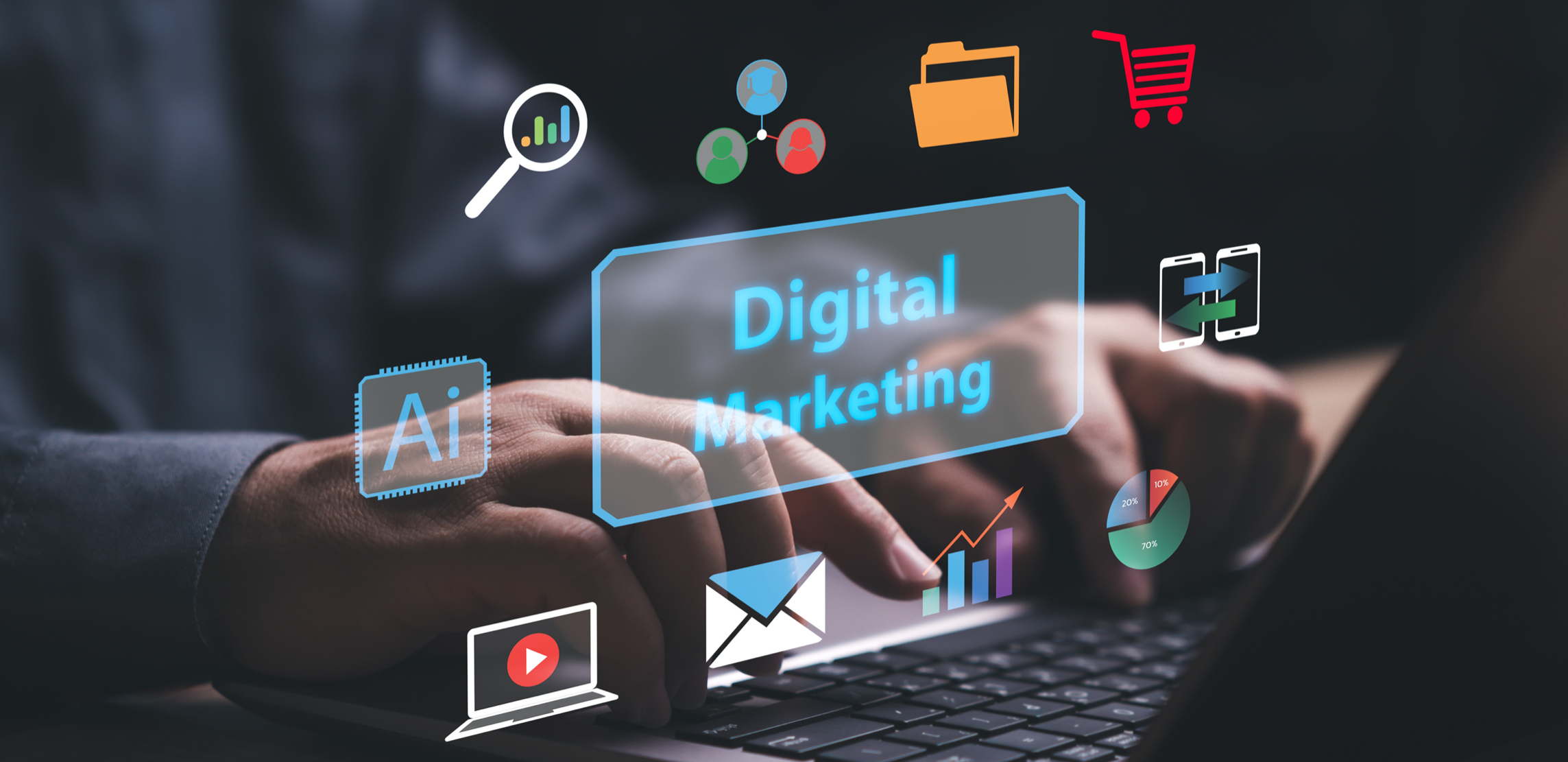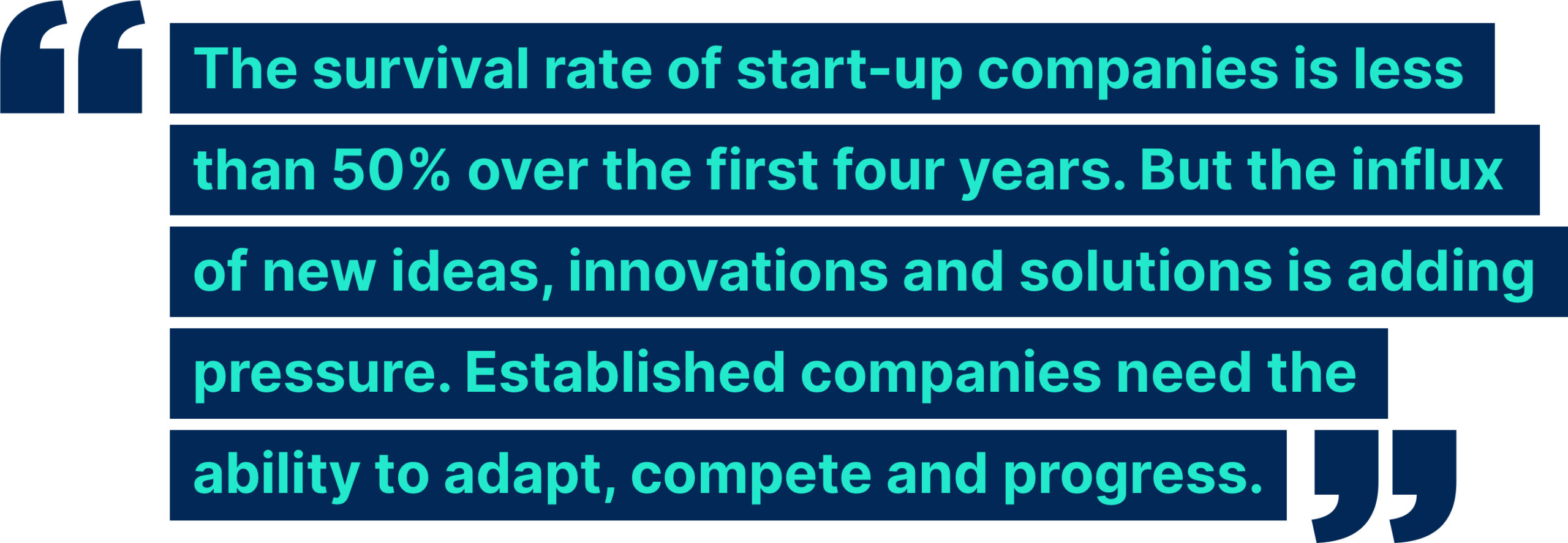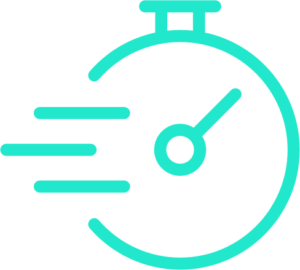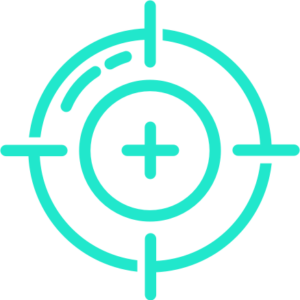
Do you want to know more about AI competitor analysis and its role in marketing?
More than 800,000 new companies formed in 2021/2022. This represents an increase of more than 6% on the previous year and more than 20% from 2019/20.
The survival rate of start-up companies is less than 50% over the first four years. But the influx of new ideas, innovations and solutions is adding pressure. Established companies need the ability to adapt, compete and progress.
In the last 20 years, 52% of companies in the Fortune 500 list have disappeared. While, in the UK, 72% of the original FTSE 100 companies from 1984 are no longer operating.
20 years ago, product changes occurred on an annual basis. But digital tech has made it easier for companies to launch, market and adapt their products.
There are evolving consumer preferences too. They’re informed by peer-to-peer influence and the ability to research faster. Not to mention the economic conditions in which we live.
This makes it harder for marketers to build their competitive advantage. Which brings into focus the critical need for competitor analysis. The process of tracking, analysing and understanding the competition in your market.
In this article, we’ll look at the traditional way of conducting competitor analysis. We’ll then break down in more detail the arrival and role of AI-powered competitor analysis in marketing.

Traditional Competitive Analysis Methods
For a long time, competitor analysis relied on manual research. Companies used market reports, competitor websites, financial statements and industry publications. This built a clearer understanding of the competitors in their market.
The process had the potential to be effective. But it’s also labour-intensive and time-consuming. The data was often outdated when the time came to analyse. Surveys and interviews added depth but were prone to human error. The people-hours required makes it expensive and inefficient.
Often, outputs didn’t dig deep enough. Companies had a snapshot of a moment in time rather than a continuous view of market changes.
What is AI Competitor Analysis?

Artificial intelligence allows us to gather, process and analyse competitive data faster.
It enables real-time monitoring of competitors across various channels. This includes social media, websites, news outlets and market reports.
By automating these tasks, competitor analysis offers up-to-date, actionable insights. Without the need for a dedicated human resource to undertake the process. Done well, it can also turn data into strategic intelligence that drives decision-making.
Key Differences Between Traditional and AI Competitor Analysis
AI competitor analysis differs from traditional methods in several key areas:
- Real-Time Data Processing: AI tools collect and analyse data in real-time. They provide insights as events unfold. As opposed to traditional methods, which relied on periodic data collection.
- Enhanced Accuracy: AI minimises human error and bias. This leads to more reliable data interpretation and forecasting.
- Deep Analysis Capabilities: AI uncovers complex patterns and trends in vast data sets. These are difficult to detect through manual analysis. Companies gain deeper, more nuanced insights.
We’ve clarified the definition and its key differences from traditional methods. Now, let’s take a closer look at its role in marketing.
AI Competitor Analysis in Marketing
Competitor analysis is the backbone for strategy development and execution. It gives marketers a robust, dynamic view of the competitive landscape. It informs and refines marketing initiatives.
Here’s a deeper look into how AI competitor analysis enhances key marketing areas:
Market Positioning
AI competitor analysis sharpens market positioning. It delivers precise insights into a brand’s standing relative to its competitors. Traditional market positioning methods rely on static and outdated data. But AI competitive analysis offers a dynamic, real-time perspective.
AI algorithms assess competitor actions, consumer sentiment and market trends. They pinpoint a brand’s strengths and weaknesses. For instance, they can analyse social media conversations and online reviews. This can help identify emerging perceptions about a brand and its competitors.
Marketers can adjust positioning strategies and highlight their unique value propositions. Or align with market demands and capitalise on competitor shortcomings.
Product Innovation
AI competitive analysis enhances product innovation. It uncovers gaps in the market that competitors have yet to fill. Through data analysis, it identifies trends in consumer preferences and competitor product features. It monitors competitors’ product launches, customer feedback and sales performance. So they can address unmet needs and opportunities for differentiation.
This data-driven approach empowers businesses to innovate. Or develop new products. Or enhance existing ones to meet market demands.
AI competitor analysis can also simulate potential market reactions to new product ideas. This provides a risk-free way to test concepts before committing resources.
Campaign Adaptation
AI competitor analysis offers real-time intelligence on competitor marketing strategies. Traditional methods of tracking campaigns often suffer from delays and limited scope. By using AI, marketers can gain immediate insights into competitor actions.
AI competitor analysis tools track competitor advertising spend. Along with messaging and audience engagement across various channels. This enables marketers to adjust campaigns at speed in response to competitors’ moves. It could be changing ad copy, altering promotional tactics or reallocating budget.
AI can also predict the potential impact of competitors’ campaigns on target audiences. This allows for proactive adjustments that keep marketing efforts effective and relevant.
Customer Behaviour Analysis
Understanding how competitors engage is crucial for refining customer engagement strategies. AI competitor analysis provides a detailed view of customer behaviour towards competitors.
Marketers can analyse data from social media interactions, reviews and competitor websites. They can uncover insights into what drives customer satisfaction and dissatisfaction. This information helps marketers improve their own customer engagement tactics. They can learn from competitors’ successes and failures.
AI competitor analysis also enables the segmentation of customers based on behaviour patterns. Marketers develop more personalised and effective engagement strategies.
Advantages of AI Competitor Analysis for Marketers
AI competitor analysis enhances a marketer’s ability to stay competitive. They can adapt to the fast-paced market environment and achieve more. Here’s why:
 Speed
Speed
Traditional methods of competitor analysis involve manual data collection and analysis. This is time-consuming and prone to delays. AI automates these processes, delivering insights fast.
This rapid data processing allows marketers to respond to changes smarter and faster. If a competitor launches a new campaign, these tools analyse effectiveness at speed. This enables marketers to adapt their strategies in real-time and win.
 Comprehensiveness
Comprehensiveness
AI competitor analysis processes vast amounts of data from diverse sources. Which results in a more comprehensive view of the competitive landscape. Unlike traditional methods, information gets aggregated from a multitude of channels. This includes social media, online forums, news sites and market reports.
This holistic approach means critical pieces of information are never overlooked. Marketers gain insights into competitor activities, market trends and consumer sentiment. Often from a single, integrated platform. This breadth of data provides a clearer picture of the market. Marketers can make informed strategic decisions.
 Precision
Precision
Manual data analysis is often susceptible to human error and bias. This leads to inaccurate insights and suboptimal decision-making. AI competitor analysis tools use algorithms to filter out noise. They can focus more on relevant information. This helps to ensure high accuracy in data interpretation.
AI can perform sentiment analysis with a high degree of accuracy. It can categorise customer opinions as positive, negative or neutral. This precision helps marketers understand consumer attitudes and competitor performance. This leads to more reliable insights and better decisions.
These three benefits enable marketers to make faster, more accurate decisions. They can optimise their strategies as and when needed. And maintain a competitive edge in an evolving market.
The AI Competitor Analysis Process
That’s the what and why of AI competitor analysis. Next, let’s focus on the different stages of how it comes together.
-
Data Collection
The first step in AI competitor analysis is data collection. As we’ve discussed, AI competitor analysis tools gather data from a wide range of sources. Data collection is continuous. It ensures that the information is always up-to-date.
This means marketers have access to the latest competitive intelligence at all times. They can detect emerging trends and competitor activities in real-time. They gain insights competitors might not have.
-
Data Processing
The next step is data processing. Some competitor analysis tools stop at gathering data. Others curate the data on behalf of the marketer using it. They filter out irrelevant information and highlight what is important.
Machine learning models or human analysts recognise patterns and anomalies. This makes it easier to identify significant developments and insights. The processing phase transforms raw data into structured, actionable intelligence. It sets the stage for deeper analysis.
-
Insight Generation
Analysed data becomes actionable intelligence. The tool may perform aspects of this analysis. But most companies either build an insight team or use analysts provided by the tool. In other words, even in AI competitor analysis, human experts are important. They can draw out deeper, richer insights that lead to an advantage.
AI competitor analysis tools will often produce visualised data insights too. This could cover trends, forecast competitor moves or provide strategic recommendations.
-
Reporting & Sharing
The final steps in the analysis process are reporting and sharing. Insights get compiled into reports that provide clear, actionable recommendations. They’re shared with relevant stakeholders within marketing departments. Or with other parts of an organisation.
Insights are also shared via daily alerts. These are bite-sized insights that are ready for relevant stakeholders to use. This allows them to build a deeper understanding of specific competitor-related challenges. They can act faster to protect and grow revenue.
AI Competitor Analysis Tools
Enabling the move from manual processes to AI automation are market intelligence platforms. These tools automate tracking changes across markets and competitors. They gather data for curation and analysis, ready to use in decision making.
Many market intelligence platforms provide data in volume. This leaves the curation and analysis to the organisations that use them. But there are others on the market that include these services as standard.
They surface the most relevant data for marketers and others to use and share. They give marketers insights to optimise strategies and campaigns. Plus, feed relevant, timely intelligence back into the organisation.
Using an AI competitor analysis tool brings speed and efficiency to the process. Plus, comprehensive coverage of the market. The exact needs of the organisation inform the set-up. So outputs relate to specific competitor challenges.
Best Practices for Implementing AI Competitor Analysis
Here are 4 best practices that support successful AI competitor analysis:
- Set Clear Objectives. Define what you aim to achieve with competitor analysis. From identifying market opportunities to understanding competitor strategies.
- Select Appropriate Tools. Choose an AI competitor analysis tool that fits your needs. Consider your data requirements too. The right platform makes a difference.
- Integrate with Existing Systems. Receive insights in a way that fits your ways of working. Or adapt your decision-making processes to embrace your alerts and reports.
- Update and Refine. Review and update your AI analysis strategies. Adapt to evolving market conditions and ensure the relevance of insights.
Future Trends in AI Competitor Analysis
Several emerging trends are set to shape the future of competitor analysis:
- Predictive Analytics. AI tools will use predictive models to forecast competitor behaviour and market trends. This will allow businesses to expect and respond to changes.
- Integration with AI Technologies. AI competitor analysis will combine with other AI applications. This could include natural language processing and machine learning. Which could lead to more comprehensive insights.
- Greater Emphasis on Personalisation. Analysis tools will provide more tailored insights based on individual business needs. This could enhance the relevance and impact of competitive intelligence.
AI Competitor Analysis FAQs
- What is AI competitor analysis? It’s the automated process of collecting and analysing competitor data. It produces real-time insights into market dynamics and competitor activities.
- How does AI improve traditional competitor analysis? AI enhances traditional competitor analysis by offering real-time data processing. This minimisies human error and provides deeper insights through advanced analytical capabilities.
- What types of AI-powered tools does competitor analysis need? There are a variety of tools to choose from. They include data aggregators and sentiment analysis tools. But market intelligence platforms can fulfil all your competitor analysis needs.
- How can marketers integrate competitor analysis? By defining clear objectives, selecting appropriate tools and integrating insights into existing processes. Plus, updating their analysis strategies based on current goals.
- What are the future trends in competitor analysis? They include the use of predictive analytics and integration with other AI technologies. Plus, a focus on personalised insights for more targeted competitive intelligence.

